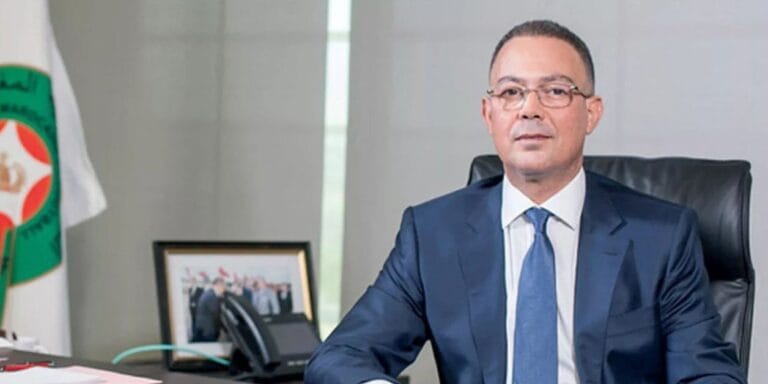The president of the Royal Moroccan Football Federation (FRMF) shared an overview of Morocco’s bid to host the World Cup and outlined the extensive development projects designed to prepare the country for the event.
The central and most critical aspect of these massive projects is the financing plan, which Faouzi Lekjaa confirmed has already been finalized.
In terms of infrastructure, three airports—Marrakech, Tangier, and Rabat—will be expanded and upgraded. As for Casablanca’s airport, the plan is to transform it into a regional hub, making it the largest in Africa.
Regarding stadiums, work on the Rabat and Tangier venues is well underway. The FRMF president reiterated that these will be completed within two months, several months ahead of the Africa Cup of Nations.
Other planned stadiums, including those in Marrakech, Fez, and Agadir, will also undergo renovations and expansions before the 2030 World Cup.
Additionally, a new stadium in Casablanca, specifically in Benslimane, will be constructed. This venue will become the largest stadium in the world, with a seating capacity exceeding 115,000. It will eventually serve as the new home for Casablanca’s two major clubs, Raja and Wydad.
Sports infrastructure doesn’t stop at stadiums. Training facilities are also a top priority. The federation plans to provide 32 training camps, each equipped with two hotels and several football pitches. Every team will have access to two dedicated training fields.
Finally, as both the president of the FRMF and Morocco’s Minister of Budget, Lekjaa emphasized that this event represents a unique opportunity for both the public and private sectors to rise to the challenge and use it as a catalyst to elevate the country’s standards across the board.



